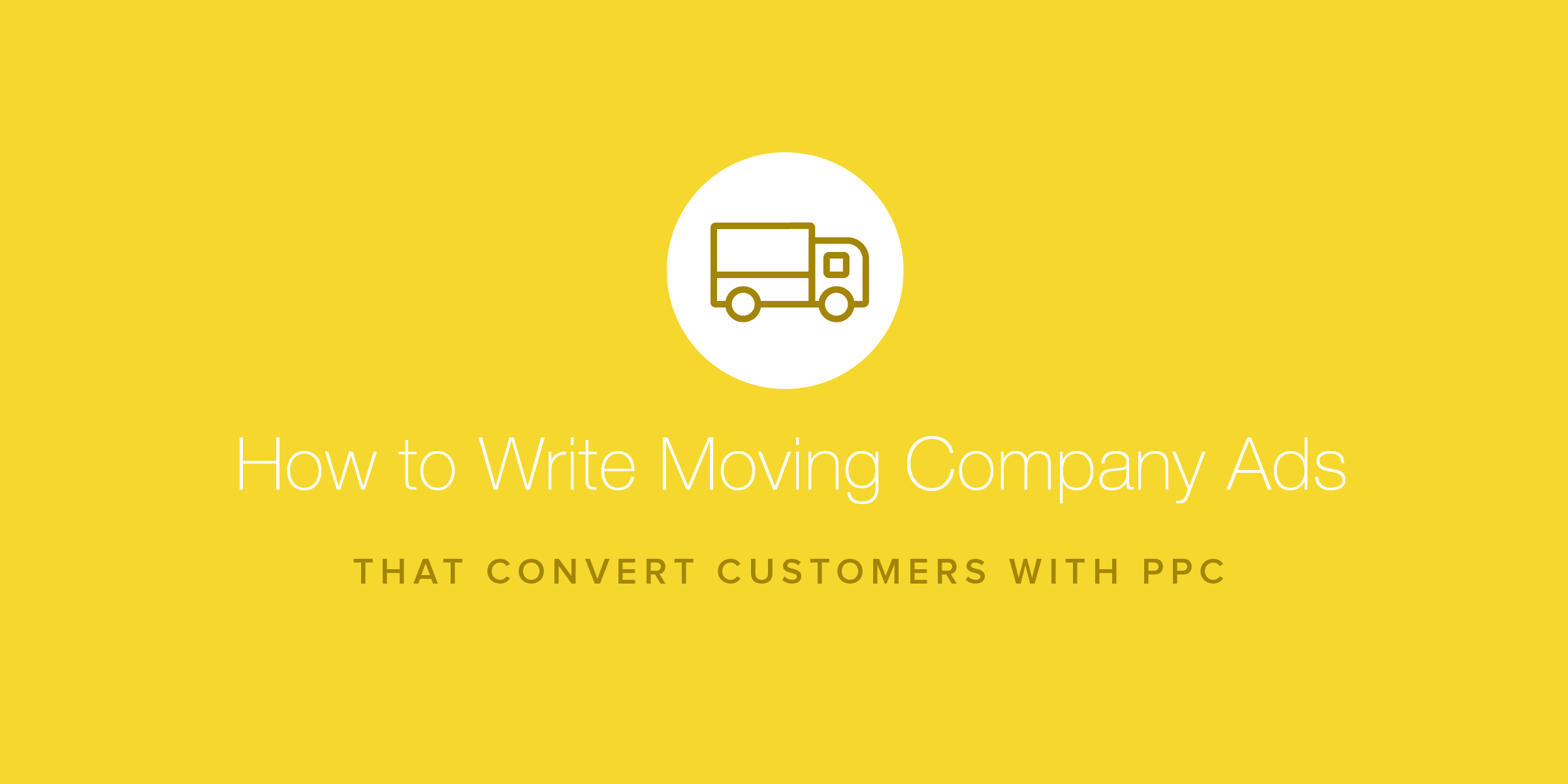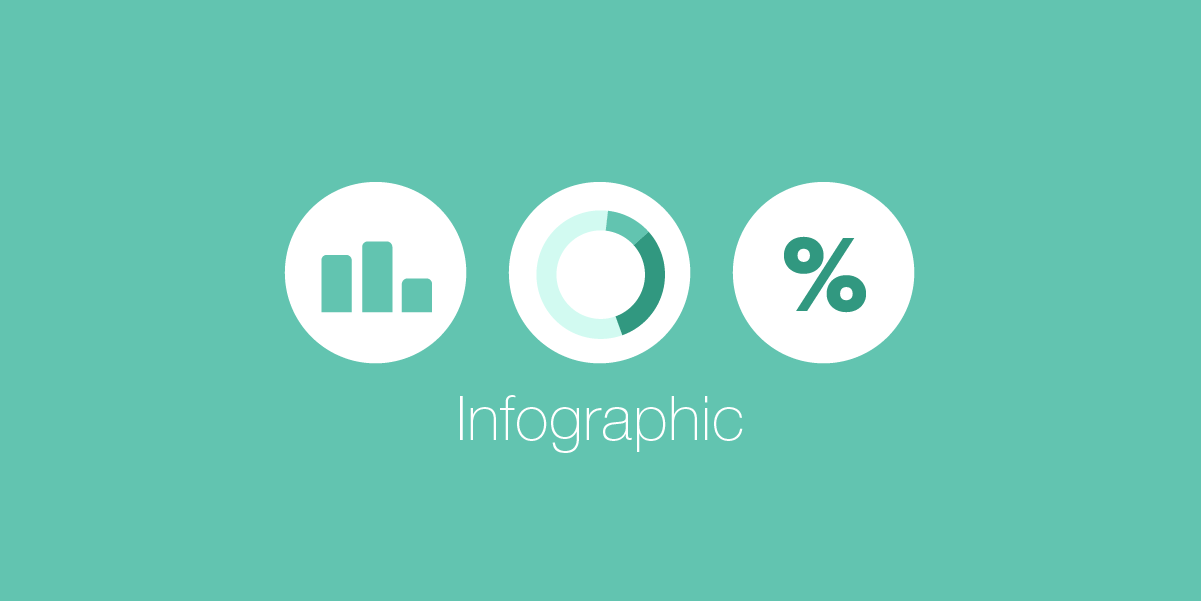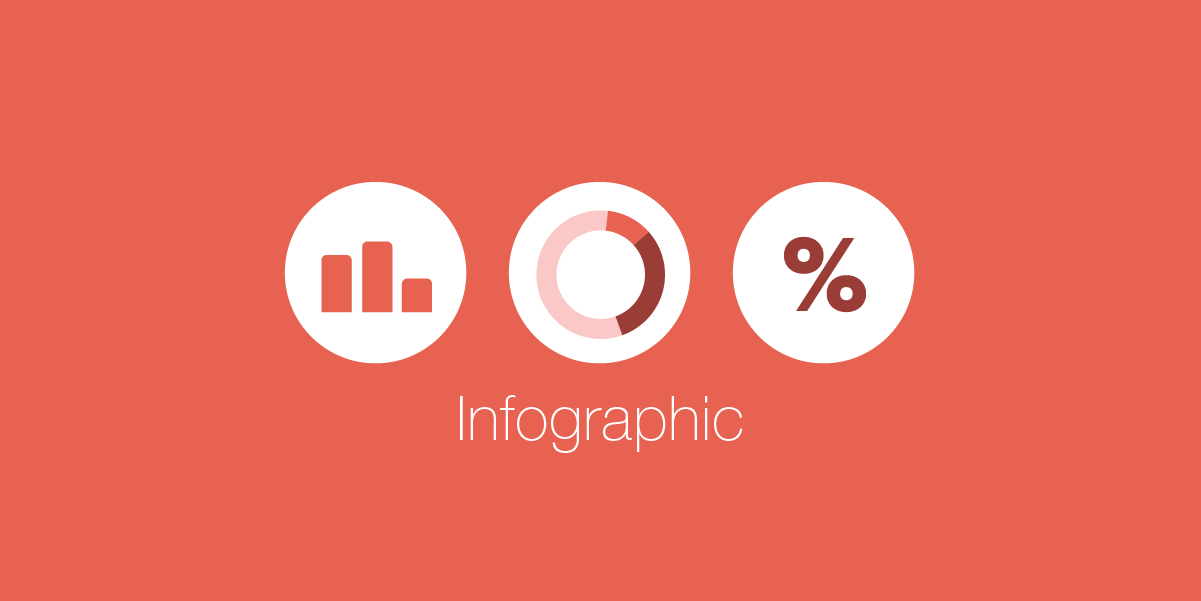How to Write Moving Company Ads that Convert Customers With PPC
- October 15, 2019
- By: Vonigo
This article about writing moving company ads for PPC (pay per click) is by Collin Slattery, founder of Taikun Digital, a firm that specializes in lead generation for service businesses.

Moving company ads that persuade and motivate are not easy to craft. It is both an art and a science and can be the difference between a successful PPC campaign and a failed one.
Great search ads for moving companies entice the searcher to click on the ad and inform them of the advertiser’s value proposition, while simultaneously keeping Google’s algorithms happy to ensure the quality score is as high as possible.
That may sound like an insurmountable challenge, but over a decade of managing PPC accounts for service businesses, I’ve learned many strategies to achieve high-performing score search ads. I can help you craft powerful, effective moving company ads with less effort than you fear.
Choosing the Right Ad Type
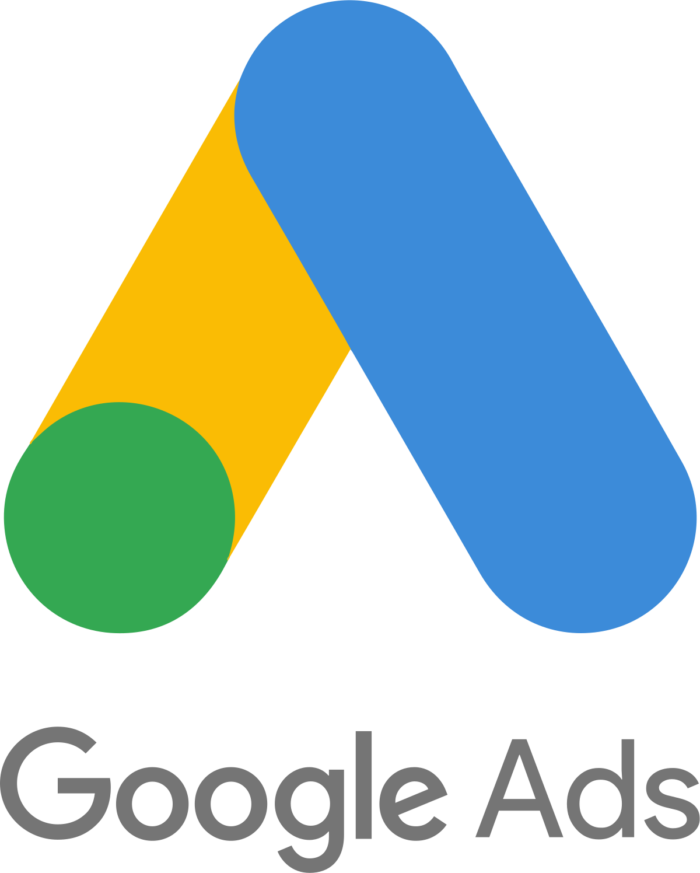
Google now offers a number of different ad types for search campaigns, including Responsive Search Ads (RSAs) and traditional Expanded Text Ads (ETAs). RSAs are like mega-ETAs, with up to 15 headline options and four descriptions, with Google using AI to choose which headlines and descriptions to show.
Unfortunately, RSAs underperform well-written, optimized ETAs in most cases. So even though Google is encouraging advertisers to use RSAs, if you want the best performance, you should keep control of your copy and stick to ETAs for your moving company ads.
Headlines
The headlines of Google search ads are the most important, with the first headline being the most important element of the ad. It is the first part of the ad that the searcher will see, and it is what will get them to read the rest of the ad.
Headline Basics for Moving Company Ads
Google currently provides space for three headlines of up to 30 characters each, including spaces. While you get up to three headlines, you are only required to use two, and not all headlines will show at all times.
You are not allowed to use excessive capitalization like capitalizing entire words nor are you allowed to use exclamation marks. You’re not allowed to use misspelled words or non-standard phrasing like “here today buy.” These are the most common rules that you might run afoul of, though Google has many other editorial rules as well.

Writing Effective Headlines
With the basics of headlines out of the way, let’s get right into writing effective headlines.
Headline One
The first headline is the most important, so you need to make it count. It needs to capture the searchers’ attention, and it needs to be query relevant. This is especially true for moving businesses, where the location is key.
For example, if the query is “Brooklyn movers” and two different ads serve with the headlines “Trusted Brooklyn Movers” and “Affordable Moving Company” which do you think will get the most clicks?
“Trusted Brooklyn Movers,” of course. When the ad copy mirrors the search query, it not only increases click-through rates, but it improves the quality score as well. And higher quality scores means a lower cost per click.
Headline Two
With headline two, you want to provide additional benefits and information, a CTA (call to action), or both. Your second headline should build upon your first, and it should encourage the searcher to click on your ad.
To continue our Brooklyn moving ad example, let’s look at a couple of possible second headline options:
- Get A Free Moving Quote Today
- Fast, Flat-Rate & Affordable
The first option is our CTA selection, and the second lists three additional reasons why the searcher might want to choose this business.
Headline Three
As mentioned previously, the third headline is both new and optional. Google does not say precisely how frequently the third headline shows, but by calculating the frequency of appearance as part of Responsive Search Ads, we have found their rate of occurrence to be less than 15%.
Because of their infrequent appearance, I don’t believe it is worth spending a lot of time working on the third headline. The best approach to the third headline is to include some additional selling points for your business. This can look like:
- Free Moving Boxes
- Eco-Friendly & Affordable
It is important to not include any critical information in the third headline because it is shown so infrequently.
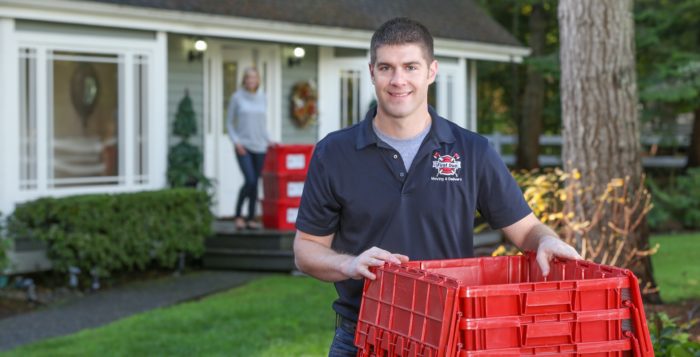
Headline Best Practices
Writing great headlines is challenging, but it is vital to PPC success. 30 characters is a limited amount of space in which to fit important messages, so writing headlines can take lots of time, experimentation and rewrite attempts. Here are some keys to remember when writing headlines.
- Have a CTA
- Include the keyword or a close approximation
- Use title case
- Highlight unique selling points
- Don’t include critical information in headline three
Descriptions
The second key component of ETAs is the description. The ad description provides further supporting information for the ads and builds on the headlines.
If the headlines are designed to capture the searcher’s attention, the descriptions seal the deal and get them to click through to the landing page.
Description Basics
Google gives you the option of adding two descriptions, each up to 90 characters long, including spaces. You are currently required to write one description, but writing the second description is optional.
The editorial rules for descriptions are nearly identical to the ones for headlines; however, you can include exclamation marks.

Writing Effective Descriptions
With the basics of descriptions out of the way, let’s take a look at writing effective descriptions for your moving company ad. When writing your ad description, you want to include additional key points for why searchers should choose your business.
I generally start by coming up with a list of descriptive words with the client that they feel describe their business. Here are some examples:
- Reliable
- Trusted
- Affordable
- Professional
- Punctual
- Certified
When you are writing your description, these words will come in handy. You will also want to spend some time thinking about your company’s unique selling points. Have you been in business for a really long time? That’s something you can include. Do you give free estimates when other moving companies don’t? Jot these points down as well.
There are two more elements that you want to include in your description: a CTA and the keyword. While it’s not vital that the keyword is an exact match, you want the description to reflect the query just as we did with the headline.
So continuing with our Brooklyn moving company example, let’s put together a description for the ad.
Reliable & Affordable Brooklyn Movers. Trusted for 40 Years. Get a Free Quote Today!
That’s 84 characters long, and it includes all the elements we want. It has descriptive words we want to use for the moving business. Has the CTA. It has information on what makes the business special.
Like the third headline, the second description does not always show, so it is important not to include any critical information in your second description. The second description should further reinforce the message in your headlines and first description and include additional selling points.
Here’s an example:
We Offer Flat-Rate Pricing Plus Free Moving Boxes When You Book Your Move With Us.
Descriptive Best Practices
Writing strong descriptions is both art and science. Don’t be afraid to mix it up a little bit. You’re limited to 90 characters, so you will often need to make adjustments in order to make your message fit. That’s okay! That’s part of the challenge and the fun. Here are the keys to remember when writing descriptions.
- Include a CTA
- Include the keyword or a close approximation
- Highlight your unique selling points
- Write in title case
- Use descriptive words

Completing Your Moving Company Ads
With the headlines and description written, the ad is almost complete. The final two elements are both related to your URL.
The Final URL
The final URL is the actual destination page where your ad will send the visitor when they click on this. This should not be your homepage. It should be a page that is designed specifically for your ad campaign or ad group.
For the Brooklyn movers example, this would be a page about Brooklyn moving. Just copy and paste the URL from the landing page in this field.
Display Path
This lets you control how the URL appears to searchers. This does not change the landing page URL. It is only to show the searcher additional information. You’re limited to 15 characters in each one, and you cannot include spaces or punctuation. Letters and dashes are what you want to use.
For the display path, you want to, if possible, use one of the keywords and a description of the page. So in our example, we might want to use /Brooklyn-move/free-quote.
It is good to include information in the display path, but it is the least important component of your ad. Don’t agonize over getting it just right.
Bringing It All Together
The ad is now finished and ready to run. Here’s what we have in our example:
Final URL: https://www.acmenycmovers.com/brooklyn-movers/
Headline 1: Trusted Brooklyn Movers
Headline 2: Get A Free Moving Quote Today
Headline 3:Eco-Friendly & Affordable
Description 1: Reliable & Affordable Brooklyn Movers. Trusted for 40 Years. Get a Free Quote Today!
Description 2: We Offer Flat-Rate Pricing Plus Free Moving Boxes When You Book Your Move With Us.
This is a strong ad. It’s descriptive, it’s relevant to the search query, it includes calls-to-action, and it highlights unique advantages for the business.
For each ad group, you will want to create three different ads. Each one should be as different from the others as possible, while still following the rules of writing good ad copy.
Writing great ads is challenging and there’s no one formula for guaranteed success, so be creative, experiment, and have fun. You won’t know which ad will really resonate until you turn them on and start testing.
